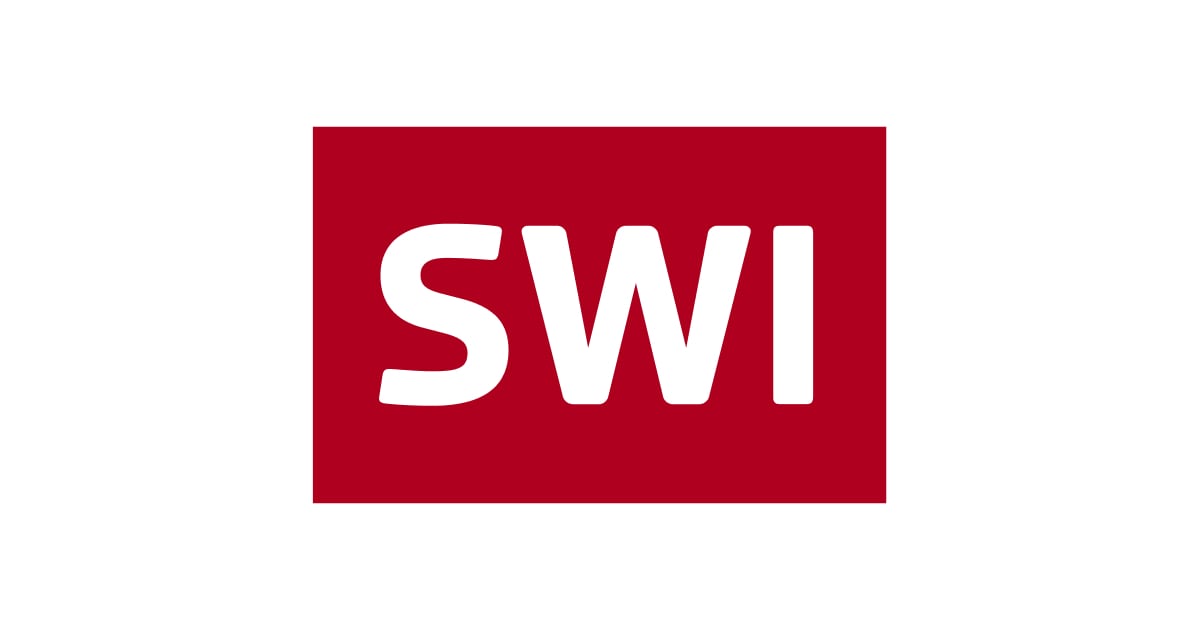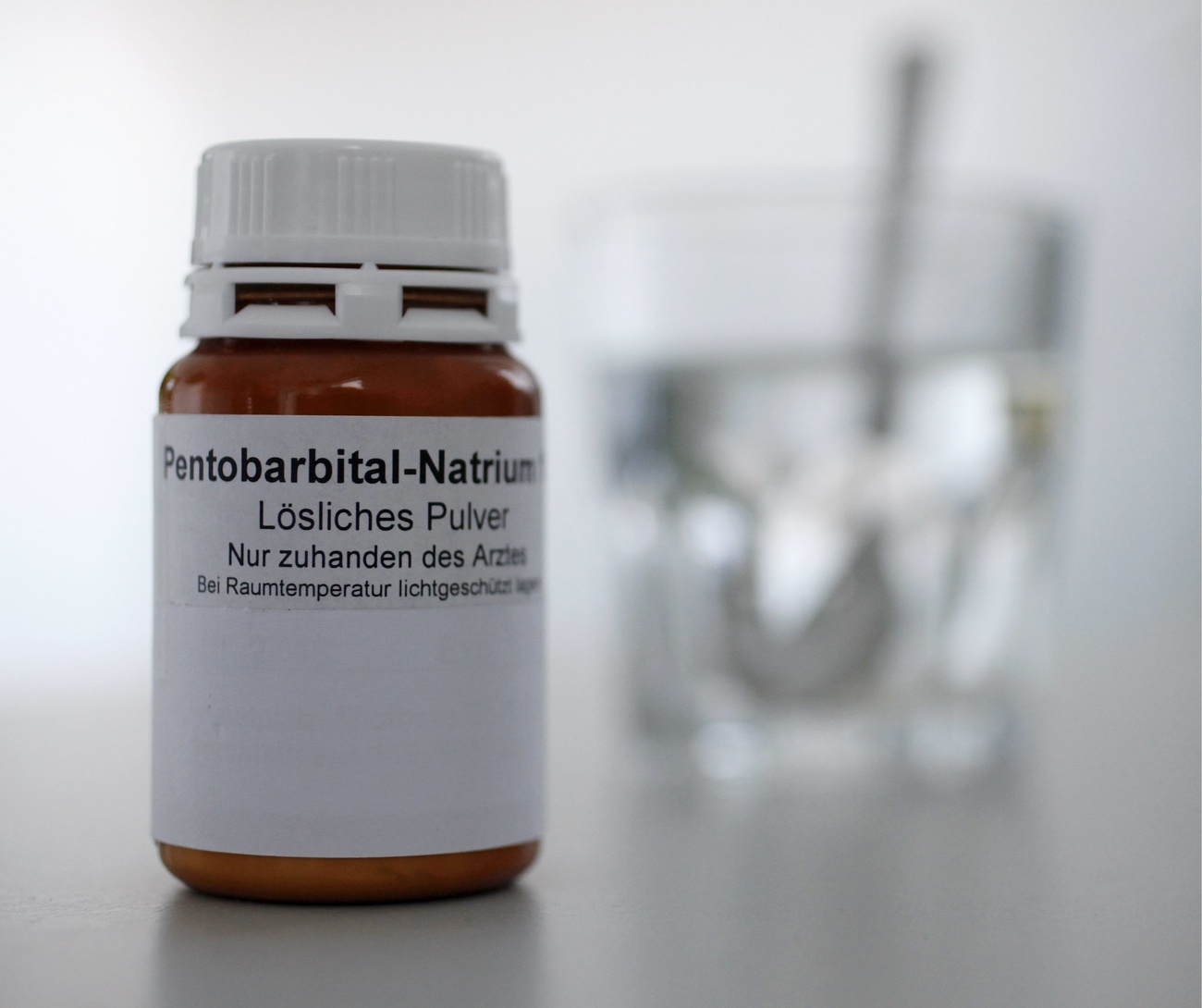
Tech Gains Buoy Stocks After Volatile Fed Session: Markets Wrap
(Bloomberg) — Disappointment the Federal Reserve steered clear of signaling imminent rate cuts unnerved bond traders, sending 10-year yields to the biggest runup in two weeks. Smaller declines in stocks were quickly reversed in late hours as Microsoft Corp. and Meta Platforms Inc. reported solid earnings.
An initially calm investor reaction was broken when Fed Chair Jerome Powell said no decision has been made about easing policy in September. The US labor market “looks solid,” he said, while inflation remains above target.
Subscribe to the Stock Movers Podcast on Apple, Spotify and other Podcast Platforms.
The S&P 500 fell 0.1%. Two-year yields rose seven basis points to 3.93%. While the concerted pullback in stocks and bonds looked mild, it marked the worst Fed day since December. The dollar saw its longest advance since February. Copper sank as Donald Trump exempted the most widely imported form of the metal from his planned tariffs.
While Trump has pressed for an immediate rate cut, investors have largely tempered expectations for a Fed pivot. Instead, they’re leaning on resilient growth, an AI-fueled earnings boom, and the belief that tariffs will only trigger manageable goods inflation while leaving services inflation contained.
And even though declines in stocks and bonds reflected revisions to market expectations, they came amid another deliberate effort by Powell to characterize the central bank as in a good position to assess the impact of Trump’s evolving tariff policy and other data.
The Federal Open Market Committee voted 9-2 on Wednesday to hold the benchmark federal funds rate in a range of 4.25%-4.5%, as they have at each of their meetings this year. Governors Christopher Waller and Michelle Bowman voted against the decision in favor of a quarter-point cut.
“It appears the Fed will remain data-dependent going into its next meeting,” said Bret Kenwell at eToro. “To get that rate cut, the Fed will need to gain confidence that either inflation increases will be one-off and muted, or that inflation will continue to trend lower in the months and quarters ahead. That’s assuming we don’t see a notable deterioration in the labor market.”
Money markets pared bets on rate reductions this year and traders now see a less than 50% chance of a cut in September. The odds for a reduction in October dropped to around 85%, whereas it was fully priced-in before Powell began to speak.
“The next two months’ data will be pivotal and we see a path to a resumption of the Fed’s easing cycle in the autumn should tariff inflation prove more modest than expected or the labor market show signs of weakness,” said Ashish Shah at Goldman Sachs Asset Management.
US companies stepped up hiring in July, though the pace remained consistent with weaker labor demand. Private-sector payrolls increased by 104,000, according to ADP Research data. The median economist estimate called for a 76,000 gain.
The July employment report due Friday from the Bureau of Labor Statistics, which includes government positions, is expected to show job growth moderated and unemployment rose.
Inflation-adjusted gross domestic product increased an annualized 3% in the second quarter, according to preliminary government data out Wednesday. As solid as the pace was, economic growth averaged 1.25% in the first half, a percentage point cooler than the pace for 2024.
The S&P 500, coming off its best streak of gains since 2020, is about to enter what has historically been its toughest stretch of the year.
Over the past three decades, the benchmark has performed the worst in August and September, losing 0.7% on average in each month, compared with a 1.1% gain on average across other months, data compiled by Bloomberg show.
Though equities have likely not peaked this year, we see limited upside given the historically high multiples at which market-leading stocks are trading, according to Chris Brigati at SWBC.
“We are entering a seasonal period of weakness for the market suggesting a fall pullback may be on the horizon before the next move toward higher stock prices in 2026,” he said.
Corporate Highlights:
Microsoft Corp. reported better-than-expected growth in its cloud business, which it says brought in more than $75 billion in the past year, as the company continues to commercialize artificial intelligence services. Meta Platforms Inc. topped projections for second-quarter sales and gave a stronger-than-expected forecast for the current period, a sign that the social media company’s advertising business is still growing quickly enough to support aggressive spending on artificial intelligence. Qualcomm Inc., the biggest maker of chips that run smartphones, fell in late trading after reporting lackluster growth in that market, fueling concerns that tariffs will take a toll on the industry. Ford Motor Co. said profit will fall as much as 36% this year as President Donald Trump’s tariffs reduce earnings by about $2 billion, more than the automaker previously expected. Online car retailer Carvana Co. reported a sixfold increase in net income and record quarterly sales of used vehicles, countering some of the bear arguments put forth recently by short sellers. Arm Holdings Plc, which provides the most widely used technology in computing chips, gave a lower-than-expected profit forecast for the current period after ramping up spending on new products. EBay Inc. projected sales that topped analysts’ estimates, suggesting the company expects continued consumer resilience to shifting US tariff proposals. Palo Alto Networks Inc. agreed to buy CyberArk Software Ltd. in a cash-and-stock deal valuing the Israeli cybersecurity company at about $25 billion. Humana Inc. raised its profit guidance for the year, bucking a trend in the US health insurance industry after most other companies cut their forecasts in recent months. Harley-Davidson Inc. said tariffs crimped profits in the second quarter as high borrowing costs sapped demand and forced the motorcycle manufacturer to cut production. Kraft Heinz Co. used price increases to help offset volume declines as the company continues a strategic review of its brands. Hershey Co. lowered its full-year profit guidance in part on tariff costs, but is hopeful that the Trump administration will offer relief for products, like cocoa, that can’t be grown in the US. Airbus SE reported a bigger-than-expected cash outflow in the first half as a shortage of engines for its bestselling A320neo jet delayed deliveries of new aircraft. Some of the main moves in markets:
Stocks
The S&P 500 fell 0.1% as of 4 p.m. New York time The Nasdaq 100 rose 0.2% The Dow Jones Industrial Average fell 0.4% The MSCI World Index fell 0.3% Bloomberg Magnificent 7 Total Return Index was little changed The Russell 2000 Index fell 0.5% Currencies
The Bloomberg Dollar Spot Index rose 0.8% The euro fell 1.1% to $1.1424 The British pound fell 0.8% to $1.3246 The Japanese yen fell 0.6% to 149.40 per dollar Cryptocurrencies
Bitcoin fell 0.5% to $116,904.97 Ether fell 0.1% to $3,759.86 Bonds
The yield on 10-year Treasuries advanced five basis points to 4.37% Germany’s 10-year yield was little changed at 2.71% Britain’s 10-year yield declined three basis points to 4.60% The yield on 2-year Treasuries advanced seven basis points to 3.93% The yield on 30-year Treasuries advanced four basis points to 4.89% Commodities
West Texas Intermediate crude rose 1.7% to $70.40 a barrel Spot gold fell 1.7% to $3,270.81 an ounce ©2025 Bloomberg L.P.
































